Written by Esther Swamidason
The ocean reminds me a lot about life. I find myself sailing through unpredictable waters. Sometimes, the ocean is therapeutic to me. The sounds of the waves are melodious and calming. The same waves can turn out to be monstrous within seconds, destroying everything within its vicinity. However, a seasoned sailor knows to predict the waves. They know the importance of a clear sky and a guiding star. Early detection screening tests are similar to the signs in the sky. They empower you to detect the invisible enemy lurking within and prepare you to be a step ahead of the waves.
Why is early detection a critical factor?
- Unpredictable risk: Breast cancer is the most commonly diagnosed cancer in the World. 85% of the reported cases are among women who have no family history of breast cancer. Therefore, it is more likely to develop breast cancer due to genetic mutations that occur as a result of aging or environmental factors and diet. Therefore, occasional screening can help you foresee the unpredictable risk.
- Less Aggressive Treatment: In many cases, a lumpectomy (removal of the tumour) and radiation may be sufficient when it is detected early. This avoids the need for more extensive treatments like mastectomy (removal of the entire breast) or aggressive chemotherapy.
- Lower Healthcare Costs: Early detection can lead to lower healthcare costs. Less aggressive treatments are often less expensive, and the cost of treating advanced-stage cancer, with its potential for complications and extended hospital stays, is significantly higher.
- Shorter Recovery Time: Patients diagnosed at an early stage typically have shorter recovery times after treatment, allowing them to return to their normal lives more quickly.
- Reduced Side Effects: Advanced-stage breast cancer treatments can cause more severe side effects, including fatigue, pain, and nausea. Early detection minimizes these side effects, leading to a better quality of life during and after treatment.
- Preservation of Life: Early detection is a life-saving opportunity. It offers the chance to completely eliminate or control the cancer, reducing the risk of metastasis (the spread of cancer to other parts of the body).
Early detection options
- Mammograms: Mammography is the most common and effective screening tool for early breast cancer detection. It involves X-ray imaging of the breast tissue and can identify tumors before they become palpable. Doctors typically recommend regular mammograms for women, starting at age 40, although guidelines may vary based on individual risk factors.
- Breast MRI: Magnetic Resonance Imaging (MRI) is a highly sensitive imaging technique. It can provide detailed information about the breast tissue.
- Genetic Testing: Genetic testing can identify inherited gene mutations. That is, mutations such as BRCA1 and BRCA2 are found to significantly increase the risk of breast cancer. Identifying these mutations allows for personalized risk assessment and early intervention strategies.
- Breast Thermography: Thermography is a non-invasive imaging method that measures heat patterns on the skin’s surface. While it is not a stand-alone diagnostic tool for breast cancer, it can be used as an adjunct to other methods.
- 3D Mammography (Tomosynthesis): This advanced form of mammography provides three-dimensional images of the breast, offering a more detailed view and reducing false positives.
- Biopsy: When an abnormality is found in the breast, a biopsy is performed to obtain a tissue sample for laboratory analysis. This is the definitive method to diagnose breast cancer and determine its characteristics.
To conclude
Early detection is a powerful tool in the fight against breast cancer. It is crucial to stay proactive and informed about your own breast health. Breast cancer can be a daunting adversary, but your knowledge and early detection efforts transform you into a resilient champion. Like a lighthouse guiding ships safely to shore, you illuminate your path to a healthier, brighter future.
In this journey, you are not alone. The global community stands with you, offering support, understanding, and resources. By taking charge of your health, you inspire those around you to do the same. Your courage becomes a beacon of hope for all, leading the way in the fight against breast cancer. Embrace the power of early detection, for it is the key to a future where breast cancer is defeated. Let us stand together with hope for a world where breast cancer no longer casts shadows but is banished by the light of early detection.


